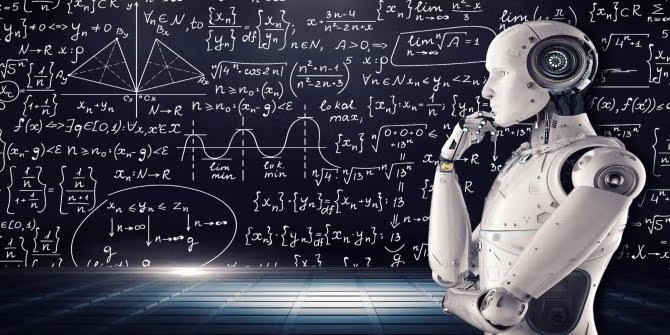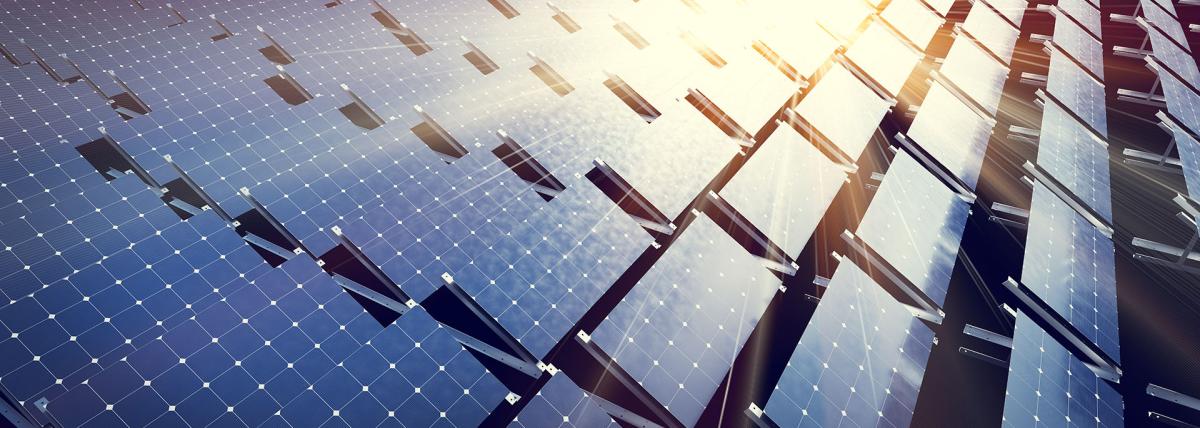








In this engaging lesson, students will develop an understanding of how solar panels convert sunlight into electrical energy. They will investigate factors affecting the amount of electricity generated

Teachers will be introduced to the VEX V5 Robotic Platform. We will start with an Introduction to robotics and how robotics is used in industry. Students will understand the key resources they will be

This lesson assumes prior knowledge of basic electricity and magnetism concepts and focuses deeply on Induction. Levels adjusted for 9th to 12th grade, dual enrollment and AP Physics.

This thematic unit has lessons which will introduce students to phenomena we encounter in the real world. Students will learn about high interest phenomenon through hands-on investigations. Students

This hands-on lesson digs deeper into the study of weathering and erosion. It should be taught after students have an understanding of the sun’s energy and some of the ways it impacts the Earth. The

Students will build and use an anemometer to calculate wind speed and then use the wind speed to determine the affect wind has on temperature and the temperature that you feel (wind chill). Students

This lesson will allow students to measure the health of the water from sources in their community or everyday life. Students will measure the pH from different sources using test strips and a color

In this hands-on lesson, students create solid fuel rockets to explore the idea of parabolic motion and outside factors which can affect the path of a rocket. This lesson has enrichment involving the

In this engaging lesson, students will connect the path of a straw rocket to the arc of a parabola. By changing the angle of the launcher, they will discover the relationship between distance and

In this engaging lesson, students use real-world data to explore criteria for air pollutants. If students continue to the next lesson in this series, they create data-based art to deepen and

This lesson uses a diagram of a football being punted to demonstrate the forces of motion and the transfer of energy. Students are then challenged to apply what they learned to engineer a mechanical

Does light have energy? In this lesson, students will engage in a practical experiment to witness how light can induce changes such as heating, altering colors, and setting objects in motion. As

Intro to magnets purpose: students engage in practical experimentation. The primary objective of this lesson is to acquaint students with the concept that magnetic force can either draw objects closer

In this physics lesson, students will explore force, motion, kinetic energy and potential energy through projects and gameplay. They create a prototype of a cup and ball game using the engineering

Zippy the Elf's Zipline Zone
In this creative engineering design lesson, students are challenged to use an inclined plane to create a safe and exciting zipline park for Zippy the Elf. This lesson reviews simple machines and has

Students will explore the concepts of sound and rhythm through a STEM-focused lesson plan that integrates science, technology, engineering, and math (STEM) with music. Students will engage in hands-on


